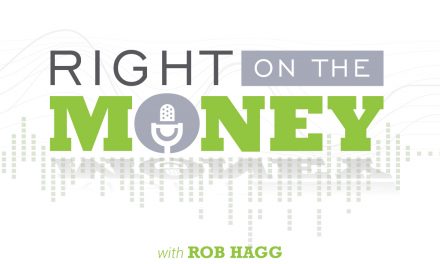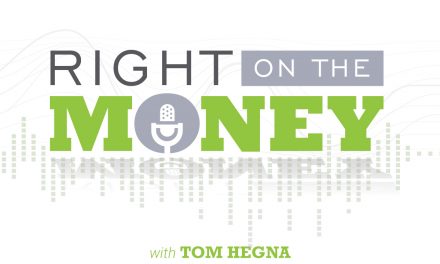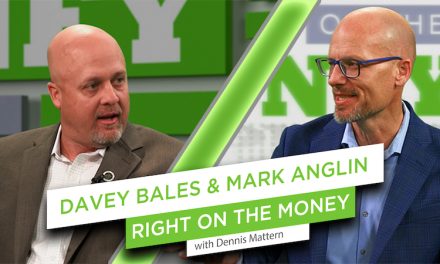VA Non-Service-Connected Benefits for Retirement, Disability & Long-Term Care
The Non-Service-Connected Disability Pension program provides a pension, rather than direct compensation, based on retirement or inability to work. Non-service-connected disabilities are medical conditions that have no relation to active duty military service. Watch the interview with elder law attorney, veterans’ benefit specialist and former president of U.S. Senior Vets, Richard Schulze, MBA.
This pension program is income-based. A potential applicant can very easily earn too much through Social Security, other retirement benefits or even investment income to qualify.
A key component of this Non-Service Connected Disability Pension is termed “Aid & Attendance.” Regular Aid & Attendance is a provision for reimbursement of certain qualified, otherwise un-reimbursed medical expenses, usually involving long-term care in assisted living communities, in-home care and in some instances, independent living communities.
These amounts are the maximum awards. Although the majority of applicants receive the maximum benefit, eligibility depends upon financial qualification. Any type of current disability benefits being paid from the VA (including Death Indemnity Compensation for surviving spouses) are not added to these amounts.
Aid & Attendance Award
For 2015/2016, the maximum Aid & Attendance benefit amounts are:
- Two Veterans Spouse (both require care) $2,837 per month
- Married Veteran (veteran requires care) $2,120 per month
- Married Veteran (spouse requires care) $1,404 per month
- Single Veteran $1,788 per month
- Surviving Spouse $1,149 per month
A veteran who is currently receiving a Service-Connected Disability compensation can still receive the Non-Service-Connected Disability Pension with Aid & Attendance as long as the Disability Compensation is less than the Air & Attendance Benefit. If eligible, the VA will grant the difference up to the maximum allowable under Aid & Attendance. However, if the Disability Compensation is greater than what he/she is entitled under Aid & Attendance, then no more money is available.
If a Surviving Spouse is receiving a Death Indemnity Compensation (DIC), which means the veteran died in service or due to service-connected disabilities, then the surviving spouse could be receiving as much as $1,215 a month. This means the most that would be available under the Non-Service-Connected Disability compensation is an additional $301 for 2013.
Richard Schulze contributed content to this press release.
Syndicated financial columnist Steve Savant interviews eldercare attorney, veteran benefit specialist Richard Schulze, MBA. Right on the Money Show is an hour long financial talk distributed to 280 media outlets, social media networks and financial industry portals.





